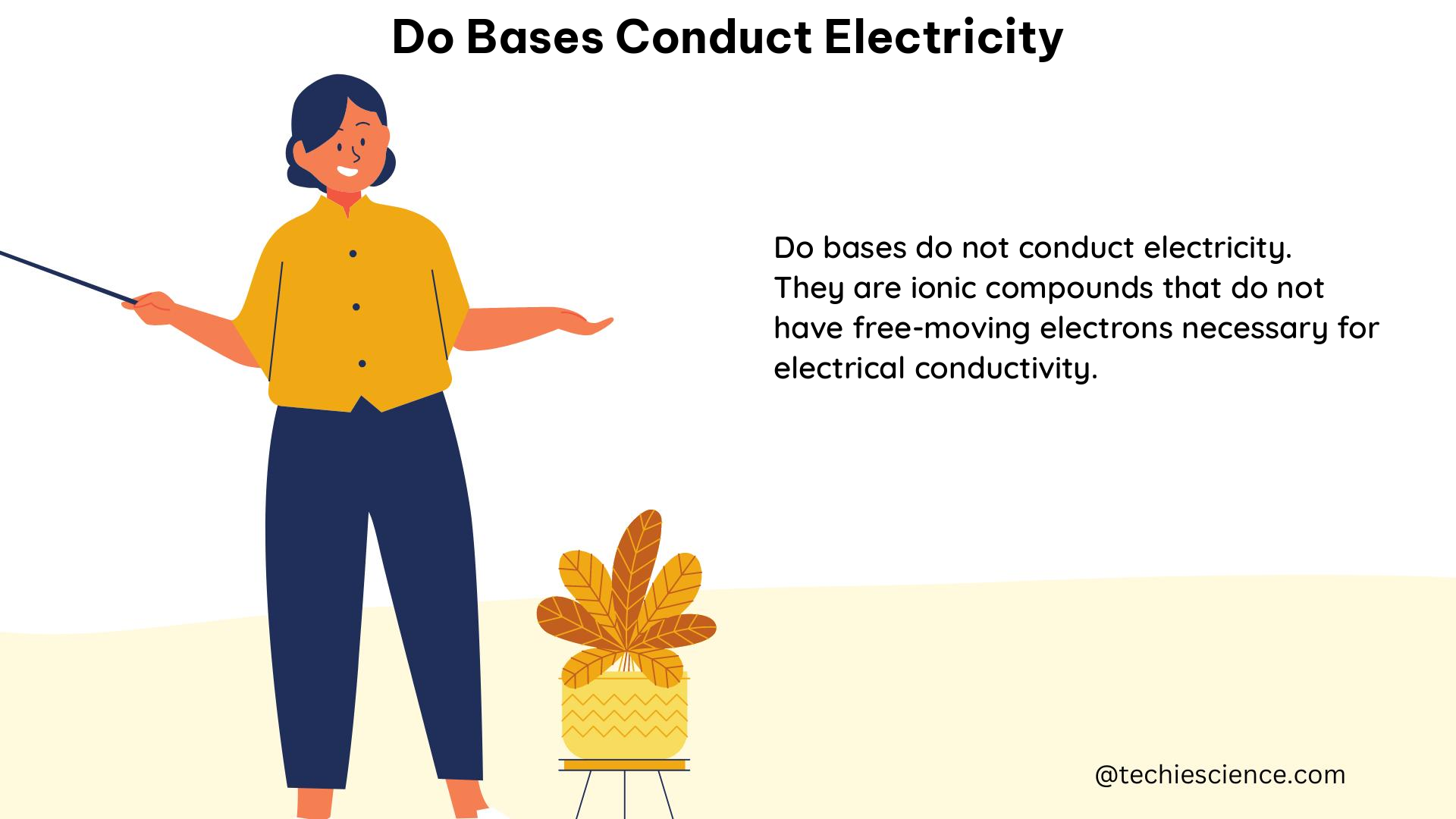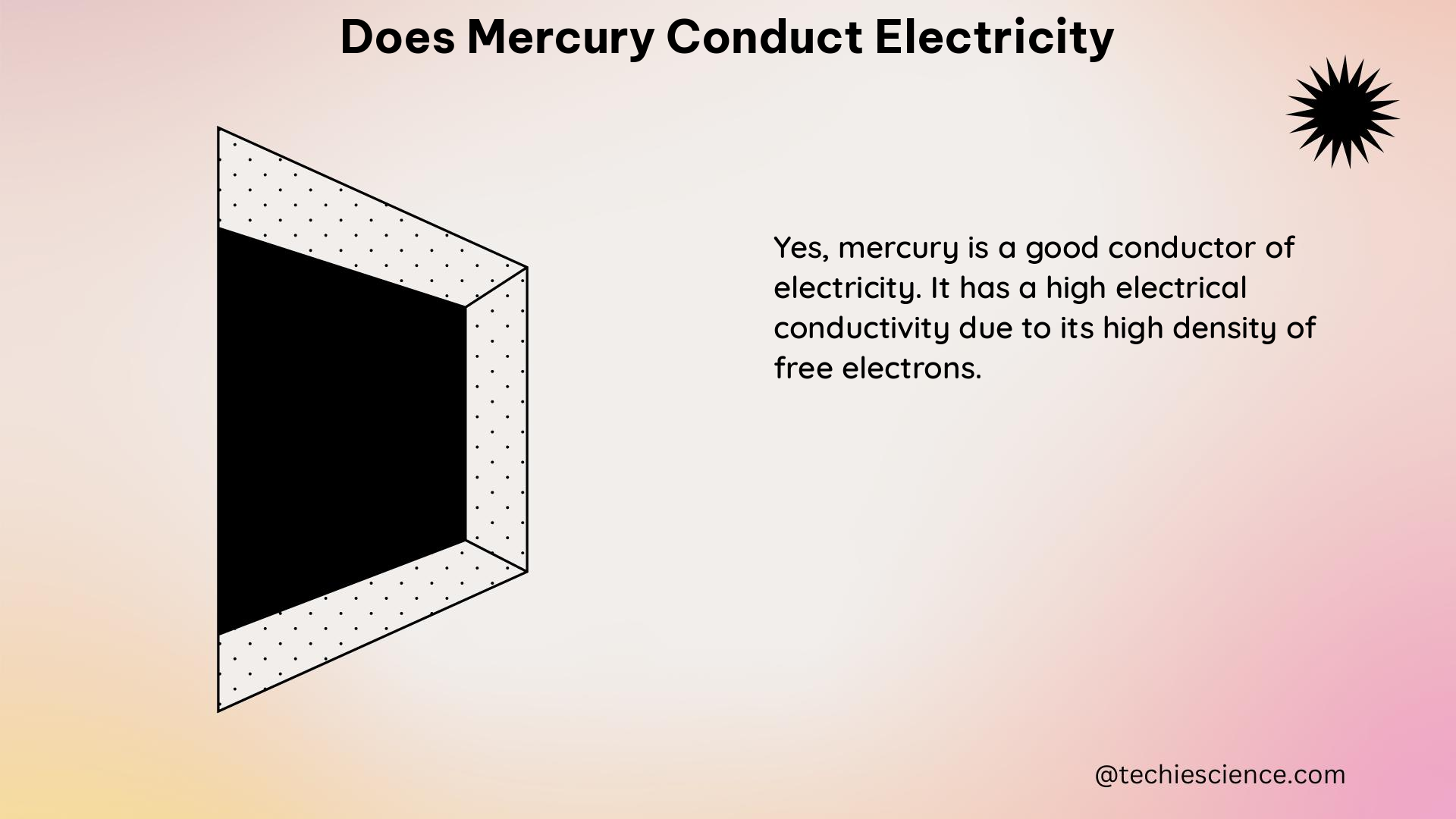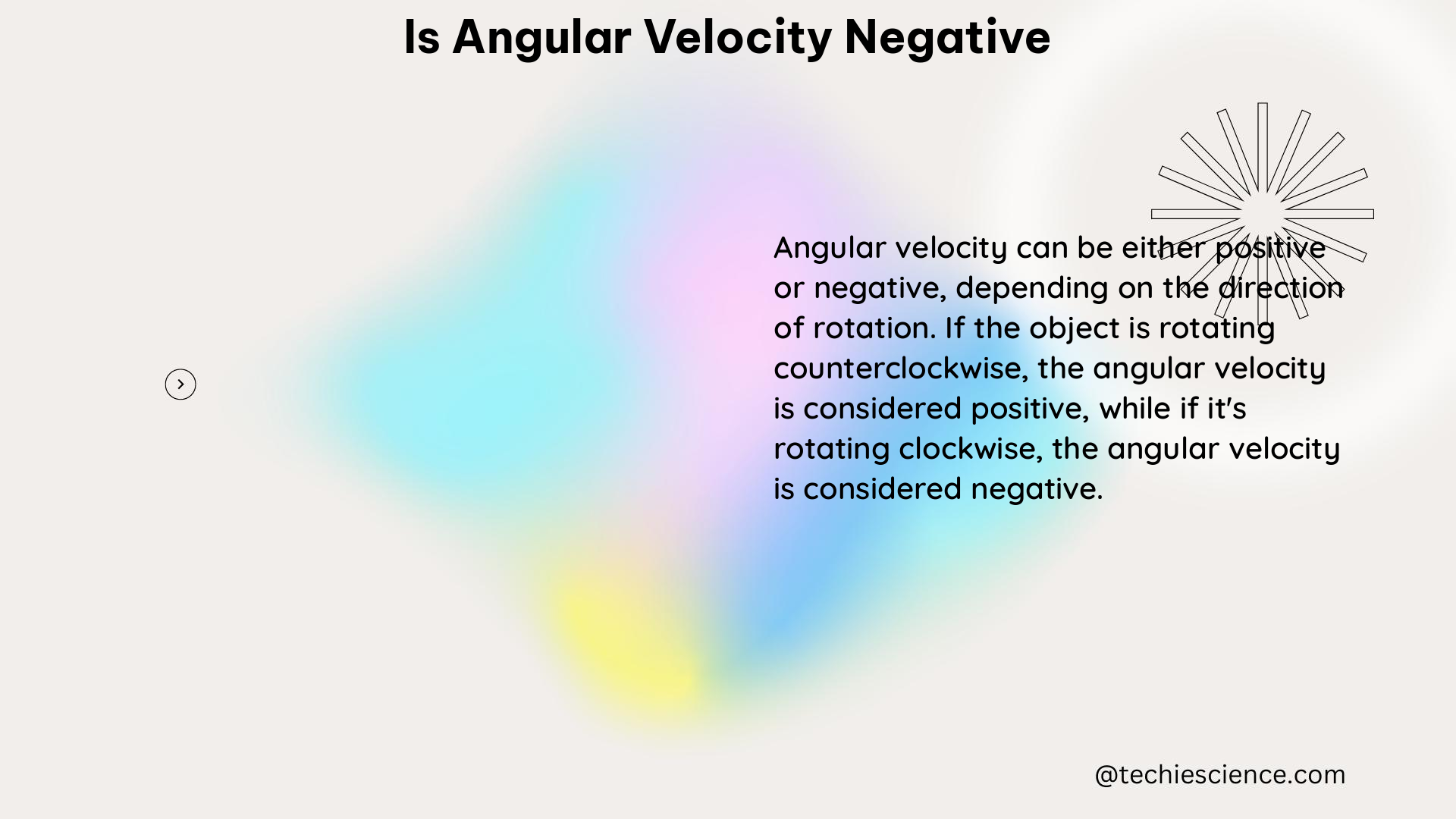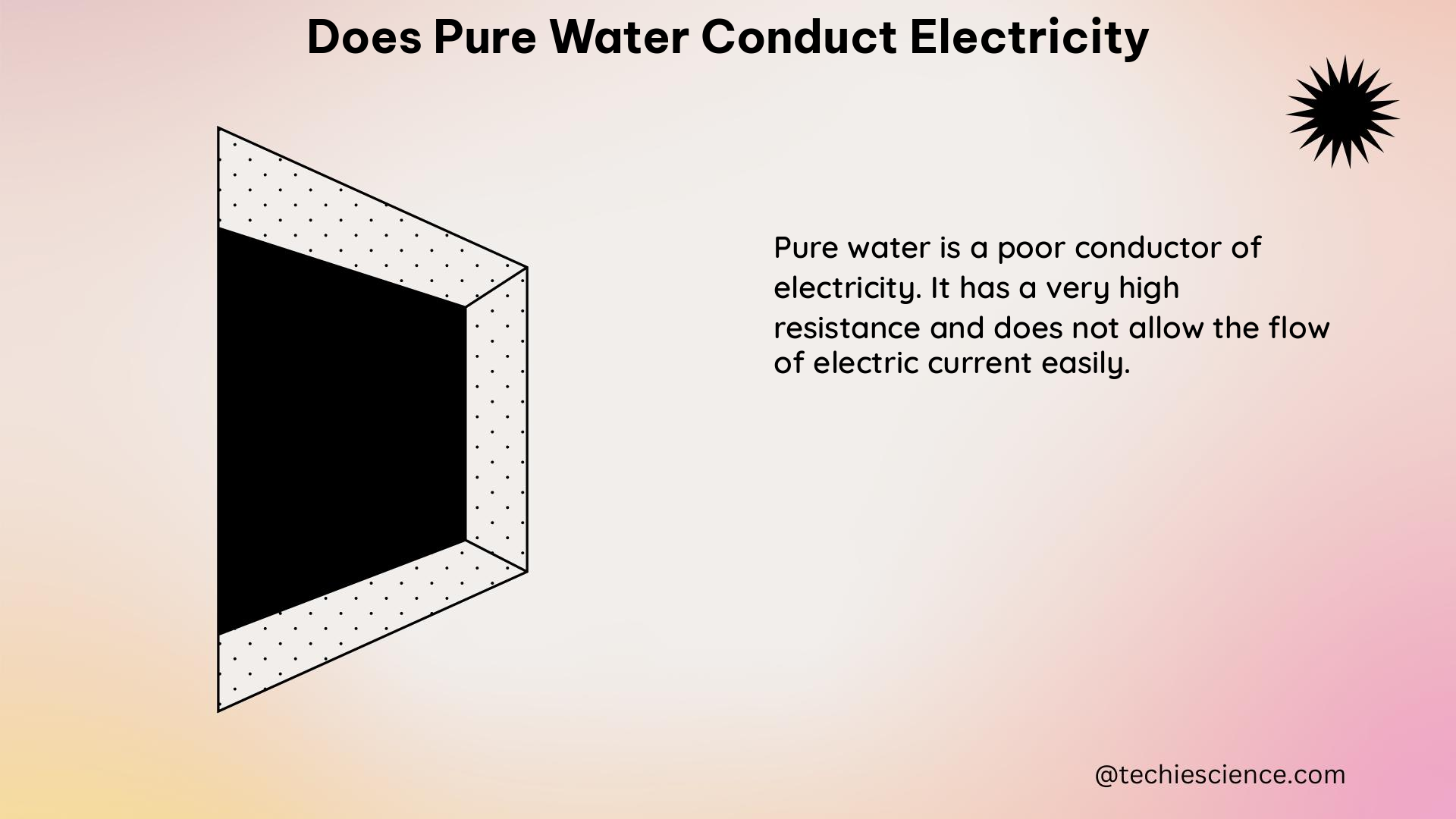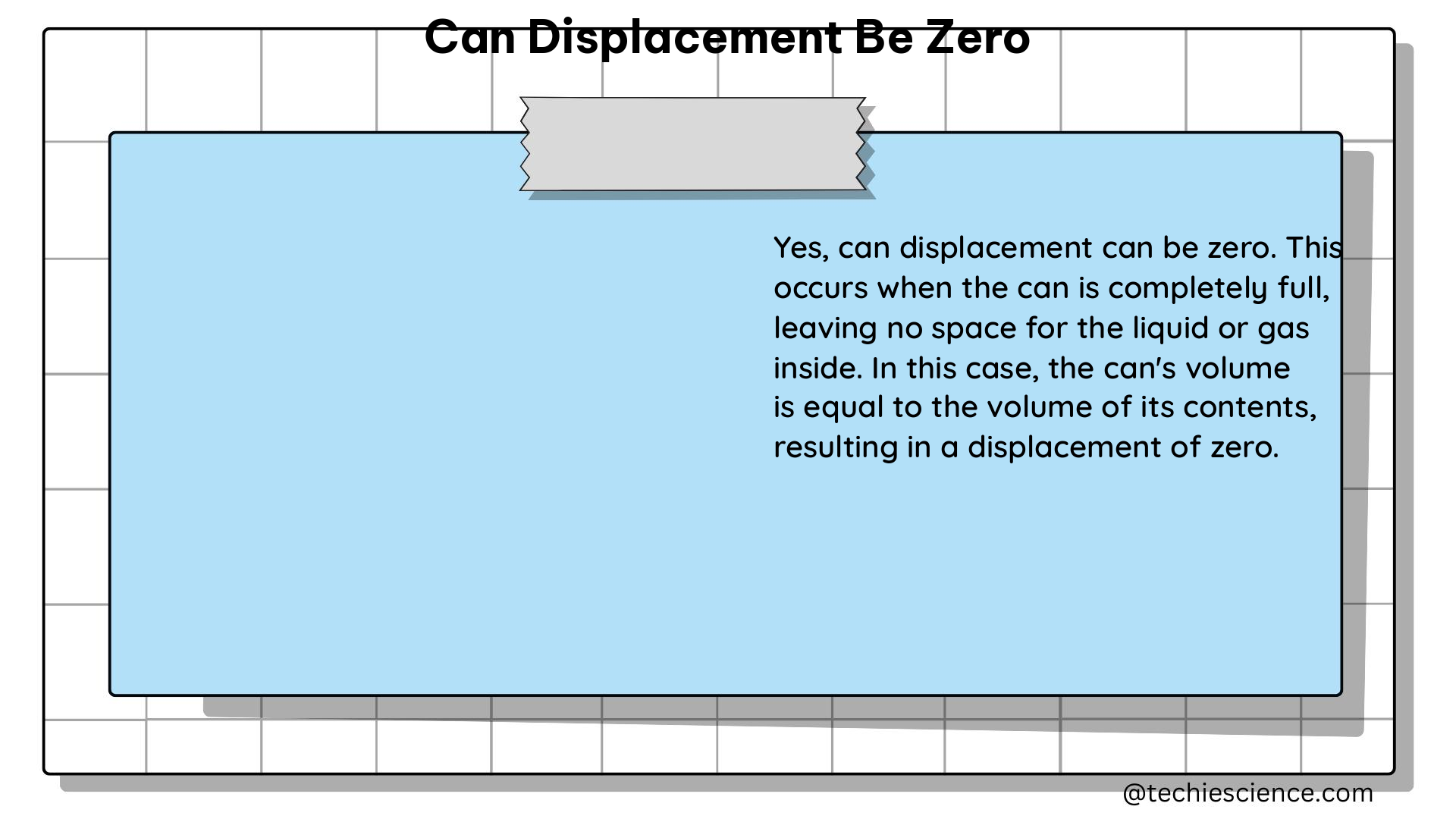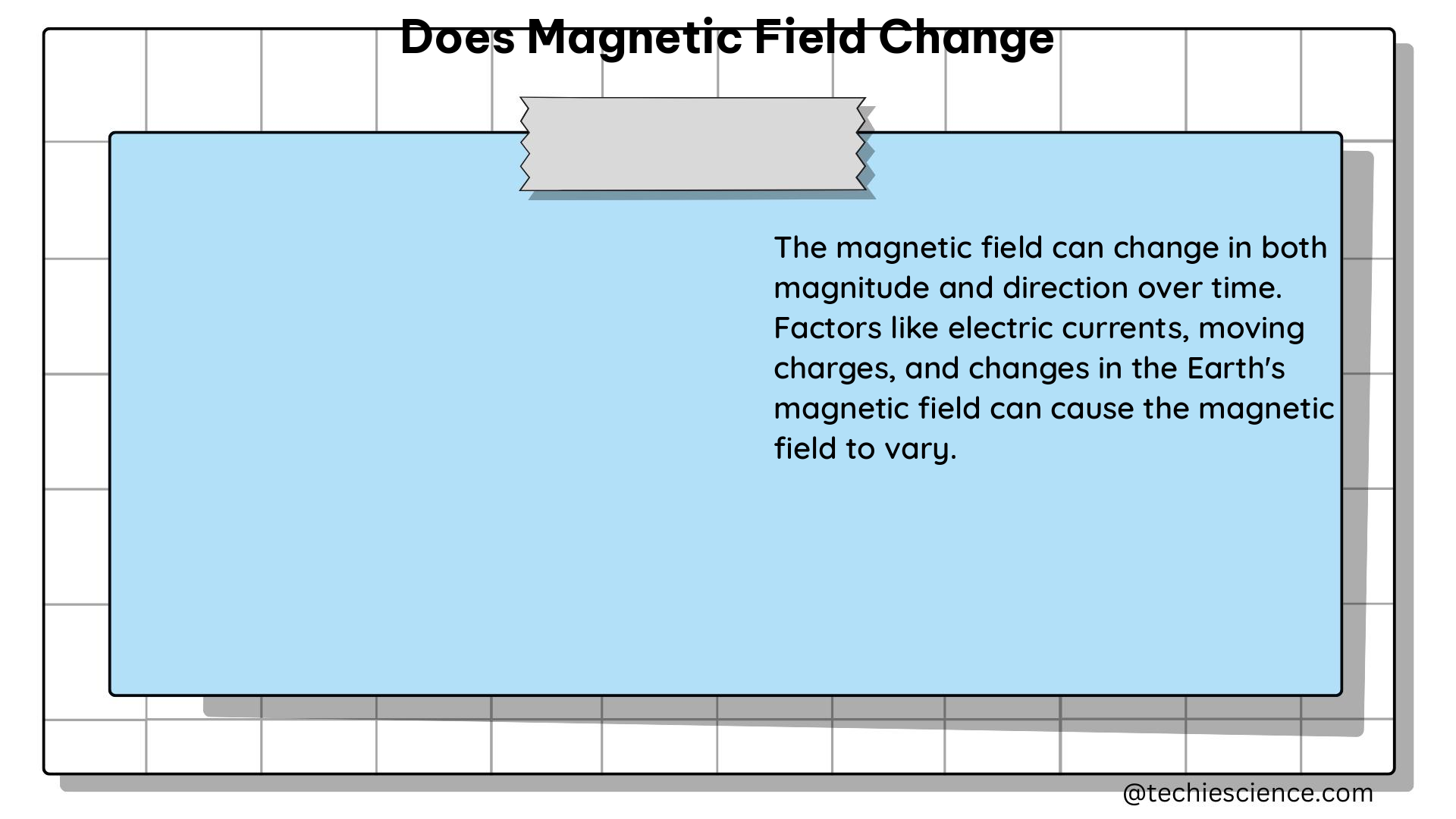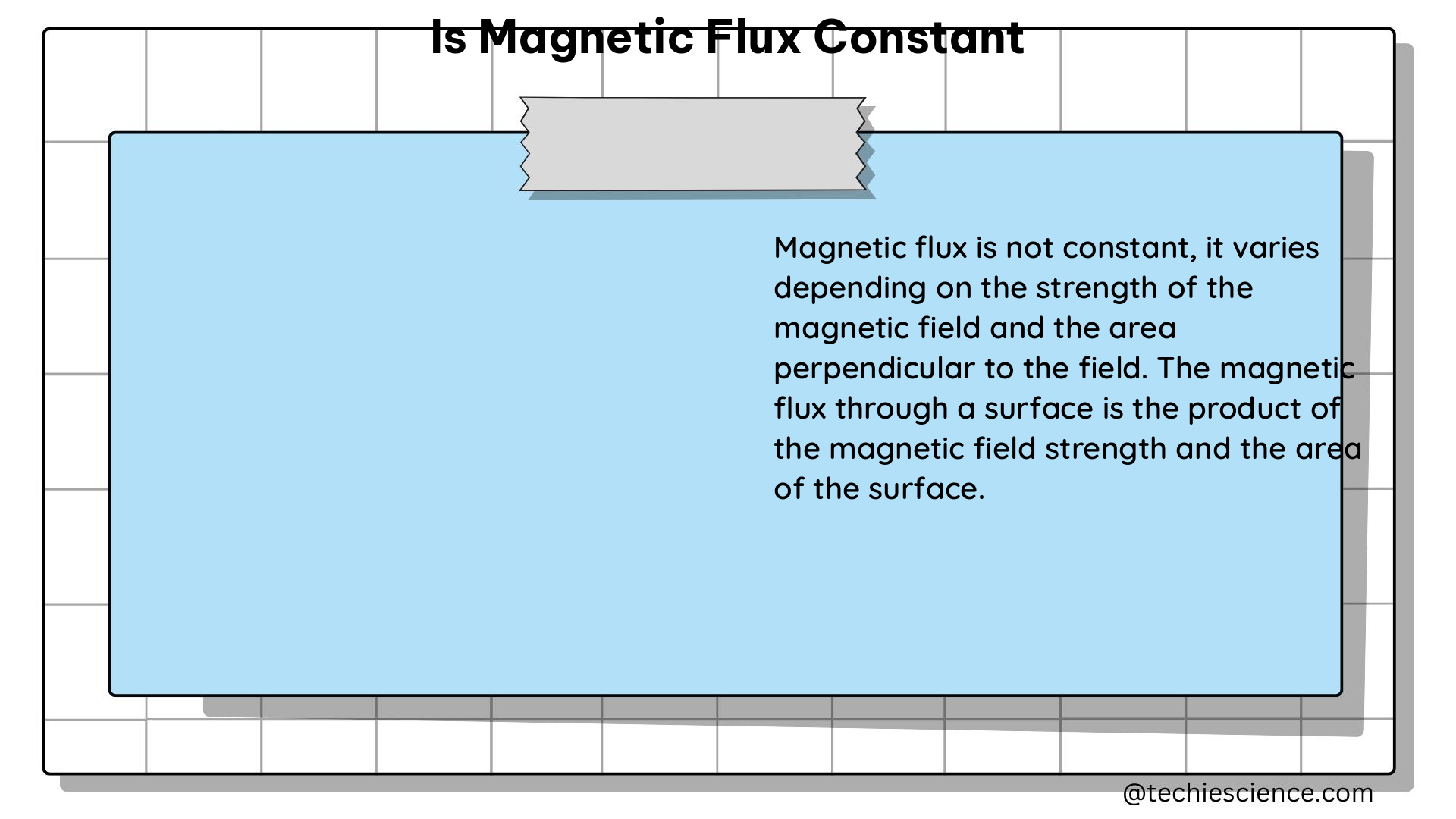Distance and displacement are closely related concepts in physics, but they are not the same. Distance is a scalar quantity that refers to the total length of the path covered by an object during its motion, regardless of the direction. Displacement, on the other hand, is a vector quantity that refers to the change in an object’s position from its initial position to its final position, taking into account both the magnitude and the direction of the change.
Understanding the Difference between Distance and Displacement
To illustrate the difference between distance and displacement, consider the example of a car driving around a circular track. If the car covers a distance of 1 mile during one lap around the track, its displacement after one lap is zero because it ends up at the same point where it started. However, if the car completes two laps around the track, its distance covered is 2 miles, while its displacement is still zero because it ends up at the same point where it started.
The key difference between distance and displacement is that distance is a measure of the total path length covered by an object, while displacement is a measure of the object’s change in position. Distance is a scalar quantity, which means it has only magnitude and no direction, while displacement is a vector quantity, which means it has both magnitude and direction.
Formulas for Distance and Displacement
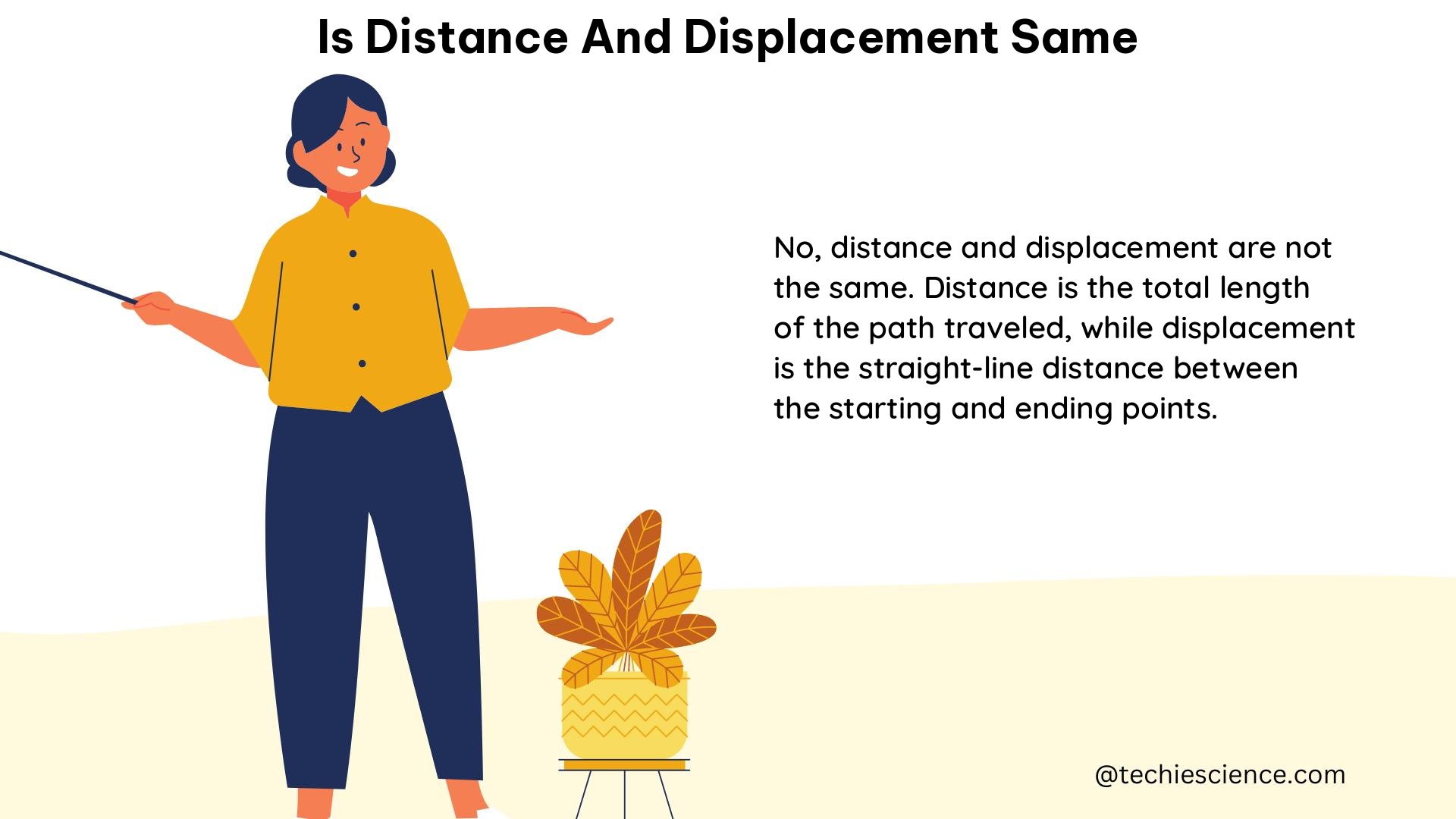
The formula for distance is simply the total length of the path covered by an object, while the formula for displacement is the difference between the final and initial positions of the object. In mathematical terms, the formula for displacement is:
Δx = xf – xi
where Δx is the displacement, xf is the final position, and xi is the initial position.
Relationship between Distance and Displacement
Despite their differences, distance and displacement are related concepts that are often used together to describe an object’s motion. For example, the average speed of an object can be calculated by dividing the total distance covered by the time it takes to cover that distance, while the average velocity can be calculated by dividing the total displacement by the time it takes to cover that displacement.
Scalar and Vector Quantities
Distance is a scalar quantity, which means it has only magnitude and no direction. In contrast, displacement is a vector quantity, which means it has both magnitude and direction.
Scalar quantities are represented by a single number, such as the distance traveled or the mass of an object. Vector quantities, on the other hand, are represented by both a magnitude and a direction, such as the displacement of an object or the velocity of an object.
Examples of Distance and Displacement
- Example 1: A car driving around a circular track
- Distance covered: 1 mile per lap
-
Displacement: 0 (the car ends up at the same point where it started)
-
Example 2: A person walking from their house to the park and back
- Distance covered: the total length of the path walked, including the return trip
-
Displacement: the difference between the final and initial positions (the distance between the house and the park)
-
Example 3: A ball thrown straight up in the air
- Distance covered: the total length of the path traveled by the ball, including the upward and downward motion
- Displacement: the difference between the final and initial positions (the height reached by the ball)
Numerical Problems
- Problem 1: A person walks 5 km north, then 3 km east, and finally 2 km south. Calculate the distance traveled and the displacement.
- Distance traveled = 5 km + 3 km + 2 km = 10 km
-
Displacement = √((5 km)^2 + (-2 km)^2) = √(25 + 4) = √29 km
-
Problem 2: A car travels 20 km east, then 10 km north, and finally 15 km west. Calculate the distance traveled and the displacement.
- Distance traveled = 20 km + 10 km + 15 km = 45 km
- Displacement = √((20 km)^2 + (10 km)^2 + (-15 km)^2) = √(400 + 100 + 225) = √725 km
Conclusion
In summary, distance and displacement are not the same, but they are closely related concepts in physics that are used to describe an object’s motion. Distance is a scalar quantity that refers to the total length of the path covered by an object, while displacement is a vector quantity that refers to the change in an object’s position from its initial position to its final position. The formula for distance is the total length of the path covered, while the formula for displacement is the difference between the final and initial positions. Despite their differences, distance and displacement are often used together to describe an object’s motion.
References:
- “Distance and Displacement – Definition, Formulas, and Examples” – GeeksforGeeks
- “Distance and Displacement review (article)” – Khan Academy
- “2.1 Relative Motion, Distance, and Displacement” – Physics OpenStax
- “Distance versus Displacement” – The Physics Classroom
- “Difference between Distance and Displacement” – DifferenceBetween.net
